The French Renaissance lasted from approximately 1453 to 1879.
"Francois I strengthened the French Crown during the early 16th century. He also welcomed to France many Italian artists, such as Leonardo da Vinci. Their influence assured the success of the Renaissance style. The years between 1562 and 1598 saw an increase in the number of the Huguenots (Protestants), which led to the Wars of Religion between Catholics and Protestants. Catherine de Medici ordered the St. Bartholomew's Day Massacre of hundreds of Protestants. In 1589, Henri IV, who was a target of the massacre, became the first Bourbon king of France and wisely converted to Catholism. Henry ended the Wars of Religion with the Edict of Nantes, which guaranteed religious and political rights to the Huguenots.
1464: King of France establishes postal system
1494-1559: Italian Wars- France and Austria fight over Italian territories
1515: François I crowned King
1519: Leonardo da Vinci dies in the arms of François I
1547-59: Reign of Henry II
1562-98: The Wars of Religion
1572: Massacre of Protestants on St. Bartholomew's Eve in Paris
1589-1593: Henri IV becomes 1st Bourbon King and converts to Catholicism, ending Wars of Religion"
-found on http://aam.govst.edu/projects/tanstett/French%20timeline.htm
The French periods were divided into 10 subdivisions, so there is a massive amount of information that could be covered when talking about the French Renaissance, however I am going to mainly focus on the Rococo period.
Rococo history
The Rococo period was led by Louis XV, and it turned out to be a bit of a disaster. His reign included; wars, colonial struggles with England, Versailles was heavily criticized and he was well known for his mistresses, who had a big impact on the styling of the time.
This period was known for it's focus on pleasure and for the design stylings that were determined by King Louis XV's mistress, Madame de Pompadour. This period also included a rise of the common folk and an age of reason. Criticism of the crown was a much more open practice, than it had been in the past.
Rococo Architecture and Interiors
Architecture focuses changed during this period, city mansions and townhouses became much more popular as the chateauxs and palaces of the past went by the wayside. Exteriors and gardens were less important, as comfortable and private living were the main focus. The style had a very feminine touch to it, because of Louis XV's mistresses influence. One area of main importance in Rococo style was the "salon" or sitting room. The salons were the center of Parisian style.
 |
| Rococo Salon |
 |
| Rococo Salon |
Rococo interiors were smaller and better heated, with lower ceilings. The style of curves were often included in these interiors, room corners were rounded. Rooms were dainty and had a very close personal feeling about them. Symmetrical arrangements with scallops and cockleshells are main signs of a Rococo style interior.
| Rococo style mirror |
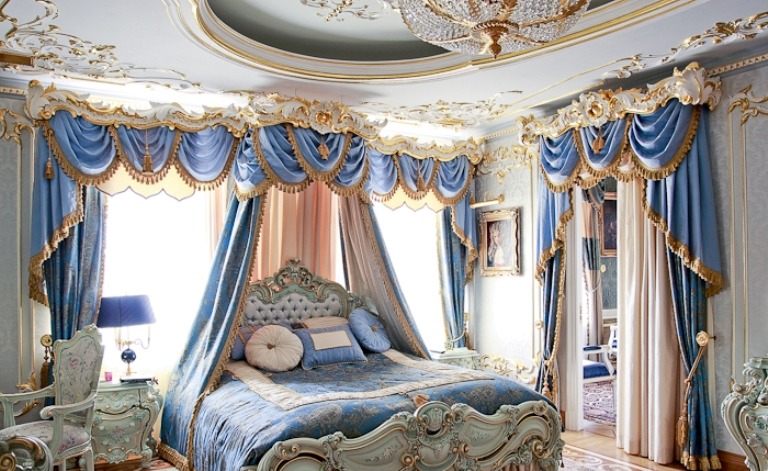 |
| Rococo bedroom |
Rococo Furniture
Rococo furniture was 3-D in appearance, scaled to fit the size and contour of the human body, and chairs are well known to have a cabriole leg.
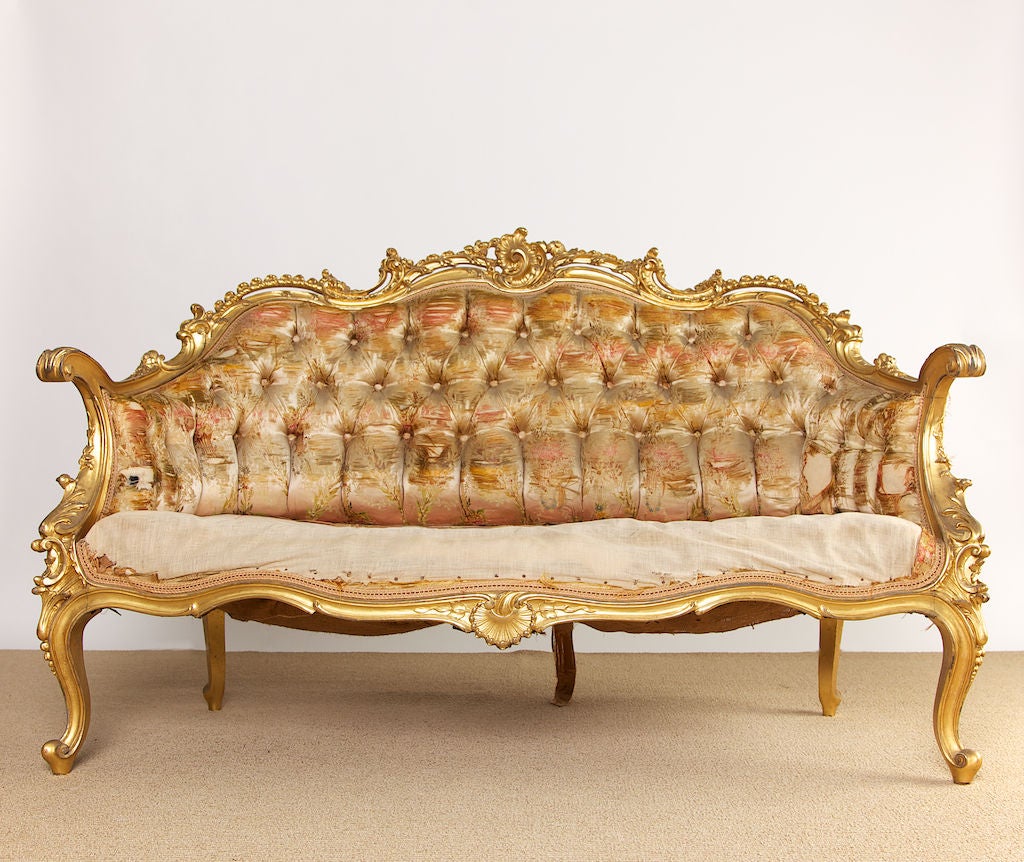 |
| 19th century French Rococo style Louis XV settee |
 |
| Rococo chair with cabriole leg |
Current Day Applications
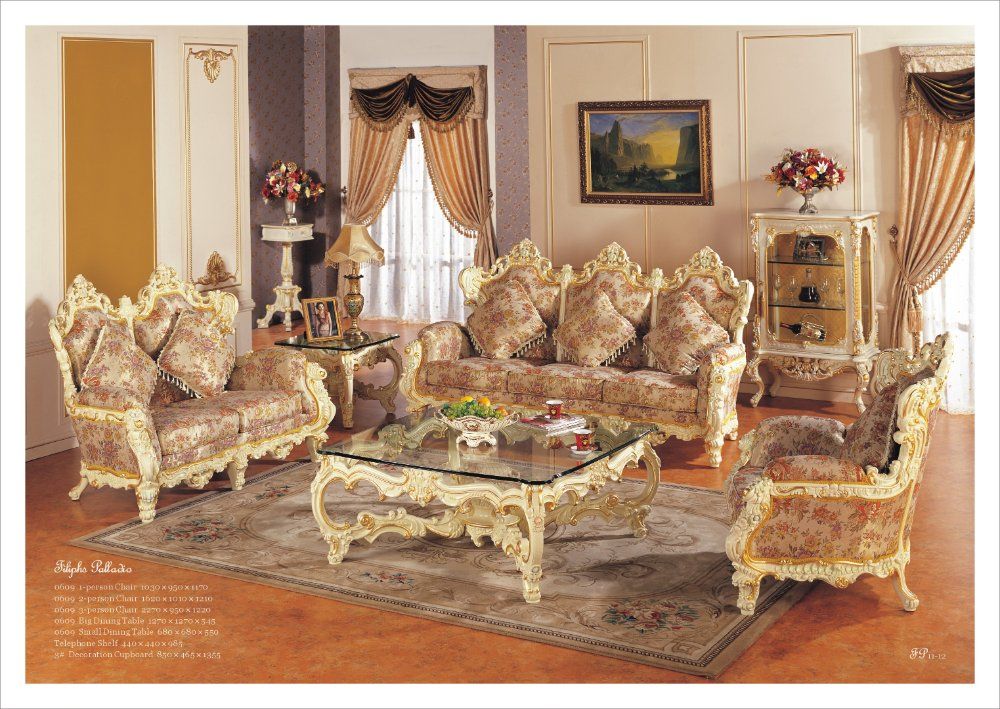 |
| Hot Selling,Rococo Style Living Room Sofa Set, Palace Royal Furniture European Style Furniture Online with $13853.41on Fpfurniturecn's Store | DHgate.com |
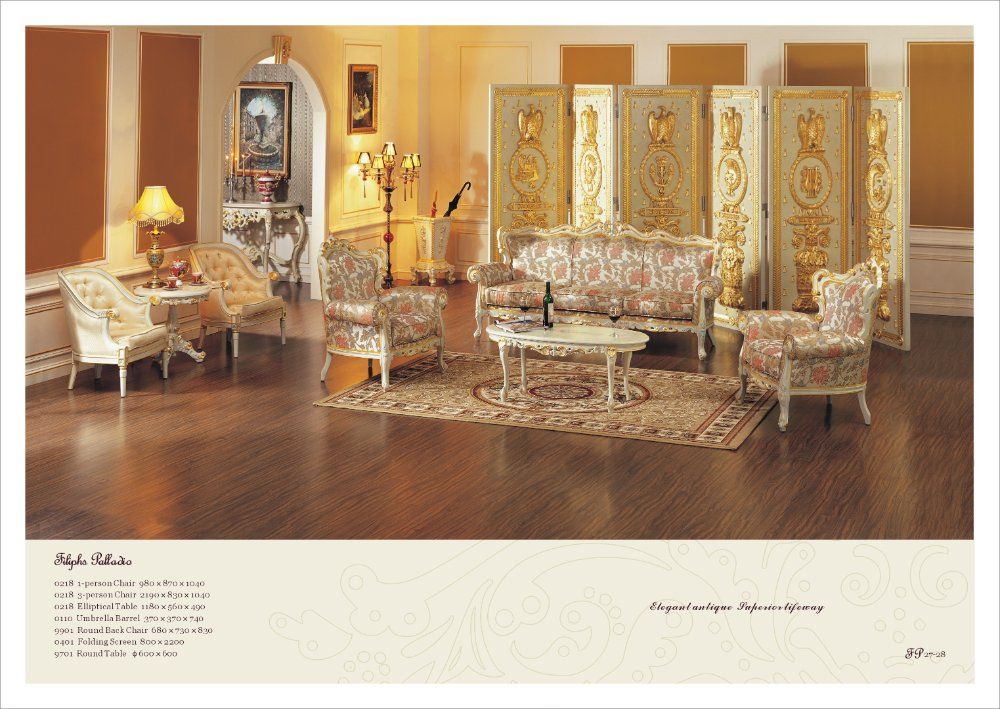 |
| the president suit classic furniture sofa set -antique living room furniture |
 |
| Rococo style bedroom |
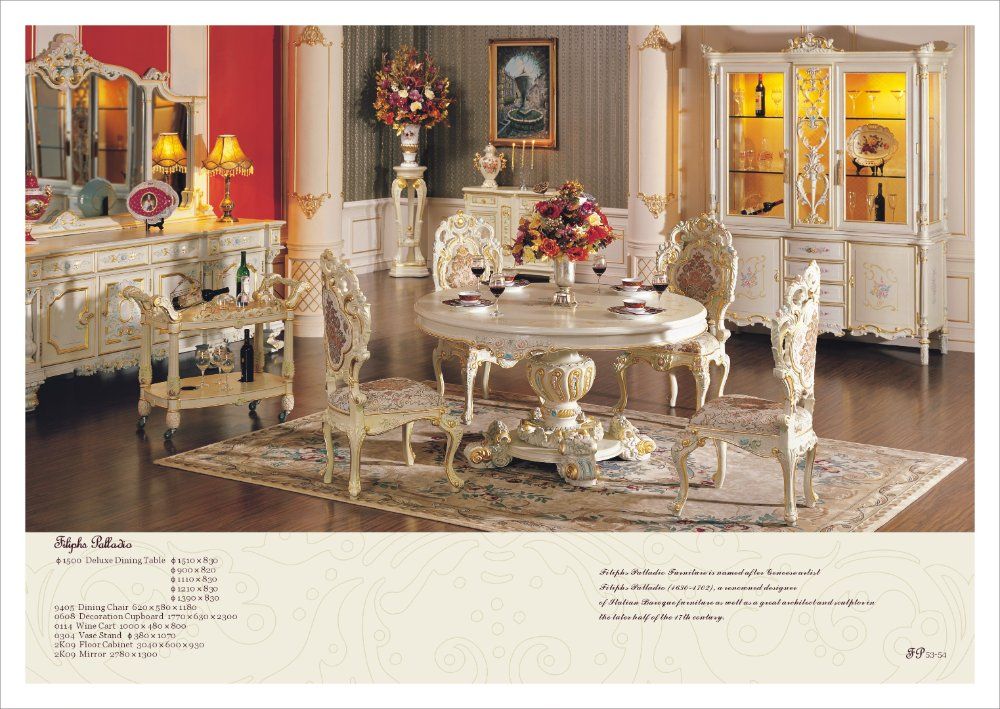 |
| Rococo dining set |
I like this post, I was able to find good advice from your content.
ReplyDeletehttps://xuongnoithathoanggia.vn/noi-that-phong-khach/phong-khach-tan-co-dien/
https://xuongnoithathoanggia.vn/tin-tuc/tong-hop-nhung-mau-tu-bep-chu-l-dep-2019/